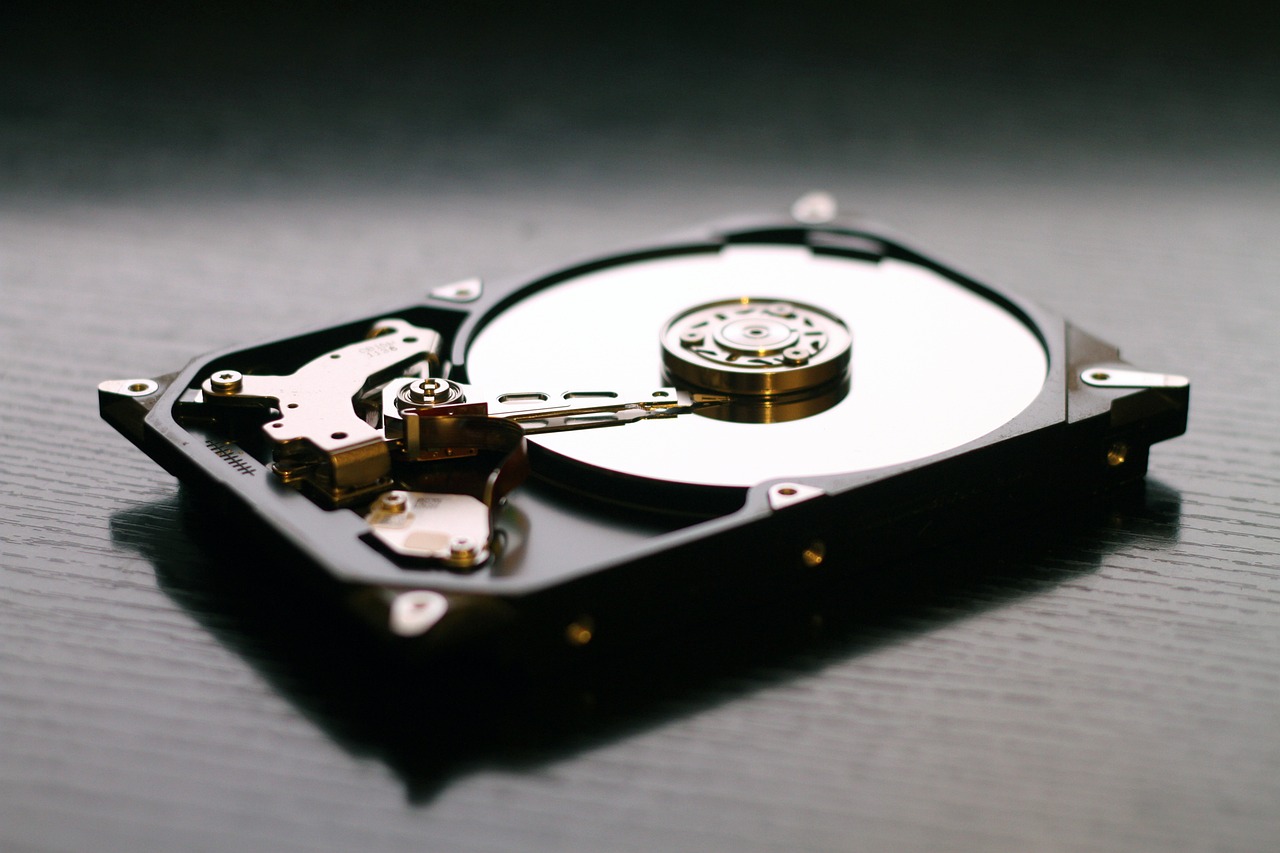NFTs: Revolutionizing Digital Ownership and Creative Expression
NFTs, or non-fungible tokens, are unique digital assets that are stored on a blockchain, making them secure and tamper-proof. They operate on the principle of blockchain technology, a decentralized ledger system that records transactions transparently and permanently. Each NFT contains metadata that differentiates it from other tokens, giving them individual value and ownership.
To create an NFT, a digital file such as a piece of art or a collectible is tokenized and minted on a blockchain network. This process establishes the authenticity and provenance of the digital asset, making it one-of-a-kind. Once minted, the NFT can be bought, sold, or traded like physical collectibles, but with the added advantage of instant verification and immutability due to its blockchain-backed nature.
The history of digital ownership and collectibles
Digital ownership and collectibles have a rich history that dates back to the early days of the internet. In the late 1990s and early 2000s, virtual worlds like Second Life allowed users to buy and sell digital goods like clothing, accessories, and virtual real estate. These digital assets held value within the virtual world and were traded among users just like physical items in the real world.
As technology continued to advance, the concept of digital ownership expanded beyond virtual worlds to encompass a wide range of digital assets. Online marketplaces emerged where users could buy and sell digital art, music, and even in-game items for popular video games. This shift towards a more decentralized model of digital ownership laid the foundation for the rise of non-fungible tokens (NFTs) as a way to authenticate and trade unique digital assets on the blockchain.
What are NFTs?
NFTs, or non-fungible tokens, are digital assets that represent ownership of a unique item or piece of content using blockchain technology.
How do NFTs work?
NFTs work by creating a digital certificate of ownership that is stored on a blockchain. This certificate includes metadata about the item, such as its creator, date of creation, and ownership history.
What is the history of digital ownership and collectibles?
The concept of digital ownership and collectibles dates back to the early days of the internet, with the rise of digital art and virtual goods. However, the development of blockchain technology and NFTs has revolutionized the way we think about owning digital assets.
Are NFTs secure?
NFTs are secured by blockchain technology, which makes them tamper-proof and ensures the authenticity of the ownership records. However, it is important to be cautious of scams and ensure that you are purchasing NFTs from reputable sources.





